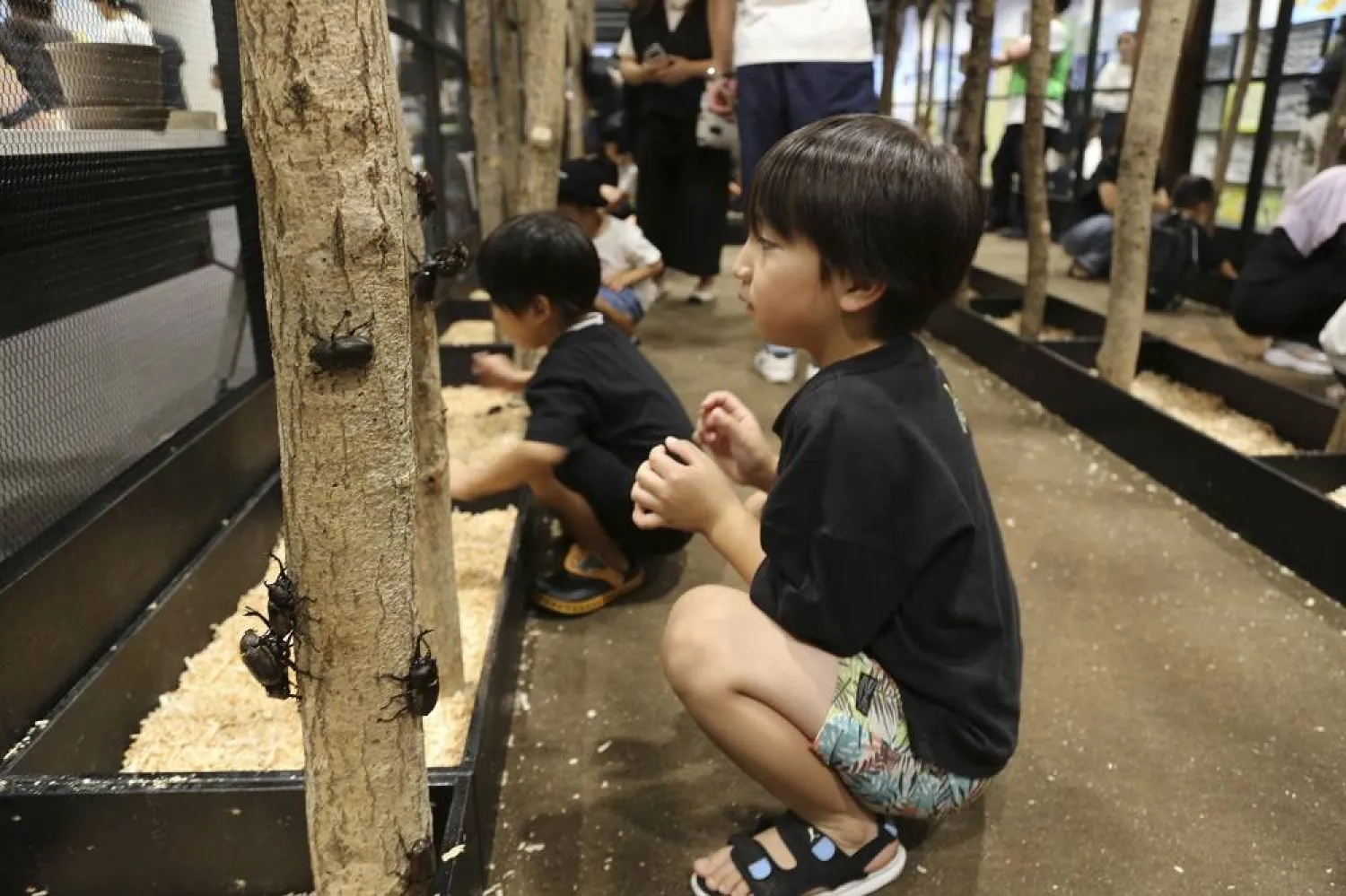If you need a new aortic valve, age is the main factor when choosing which type to get.
Q. I'm 66 and will be having my aortic valve replaced soon. My surgeon suggested a tissue valve, but he also mentioned that I could get a mechanical valve instead. What are the key differences between these two choices?
A. In general, both types of replacement valves work very well. But there are pros and cons with each one. Historically, a person's age has been the main consideration when choosing between the two. Currently, the American College of Cardiology and the American Heart Association recommend mechanical valves for people under age 50 and biologic (tissue) valves for those over 70. For people like you who fall between those ages, neither type has an absolutely clear advantage over the other.
Mechanical valves are made from a special type of carbon or titanium and other sturdy materials. Their main advantage is their durability: a mechanical valve will usually last for the rest of the person's life. That is why they have been historically favored in younger people with an expected life span of several more decades. However, blood clots can lodge in the valve flaps or hinges and prevent the valve from working properly. That can be an imminently life-threatening situation. Additionally, those clots may break off and travel through the bloodstream. If a clot blocks an artery to the brain, that causes a stroke.
To avoid this problem, nearly all people who get mechanical heart valves must take anti-clotting medication, usually warfarin (Coumadin), for the rest of their lives. Warfarin increases the risk of bleeding, which can show up as bleeding from the nose, gums, or minor injuries — or, more rarely, as worrisome internal bleeding. However, careful monitoring of the degree of warfarin's effect on the blood can limit this danger.
Tissue valves, which are made from pig heart valves or cow heart-sac tissue, typically last about 15 years. But they usually don't require the lifelong use of anti-clotting drugs. Older people are more vulnerable to the bleeding side effects of warfarin. They're also less likely to outlive their new valves. So for them, a tissue valve is usually considered the better choice. However, for people who are already taking warfarin for another problem, such as atrial fibrillation or deep-vein thrombosis, a mechanical valve might make more sense.
Studies have been somewhat contradictory as to which valve is best for people in their 50s and 60s. In recent years, there's been a trend toward using tissue valves in people at the younger end of that range. The theory is that by the time those people need a second valve, it can be replaced using a minimally invasive procedure — a logical but unproven approach. In the next decade, we should have much more data to make an informed recommendation.
(Harvard Heart Letter)







